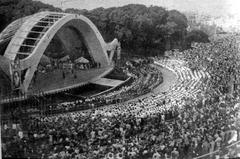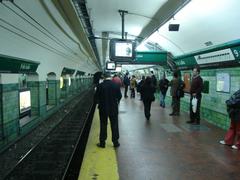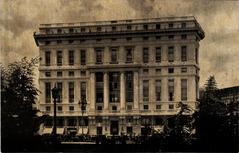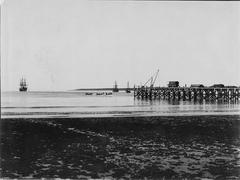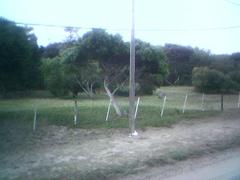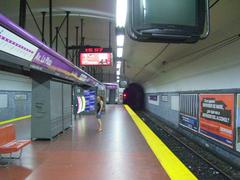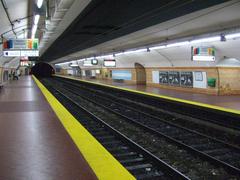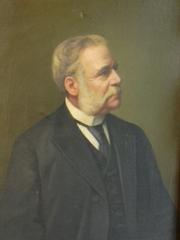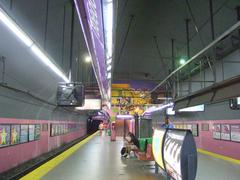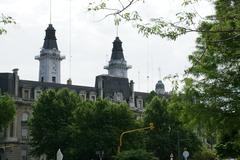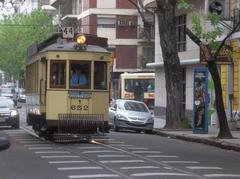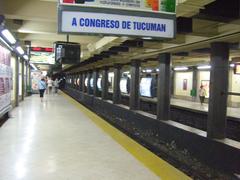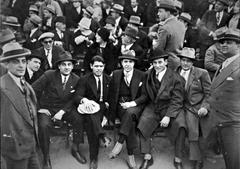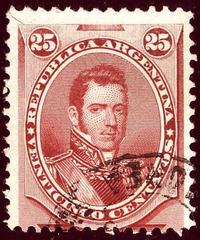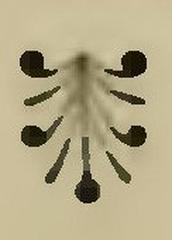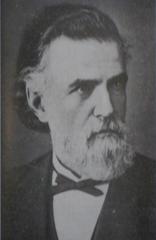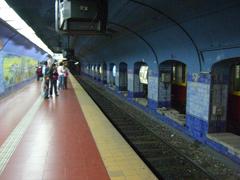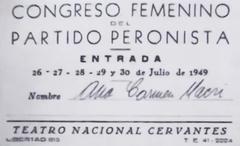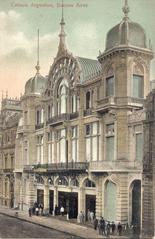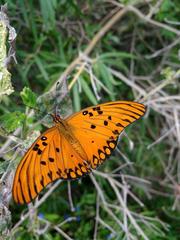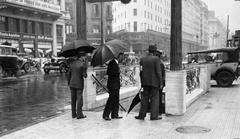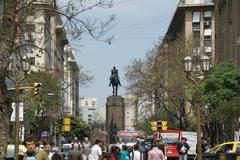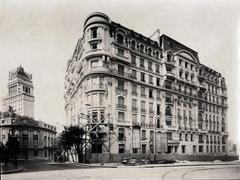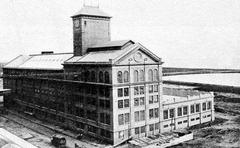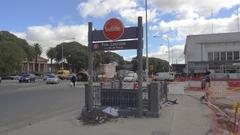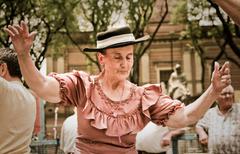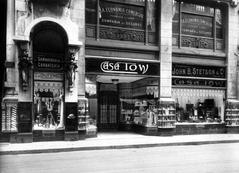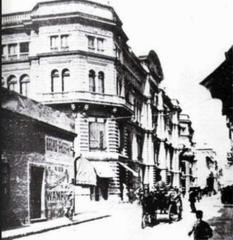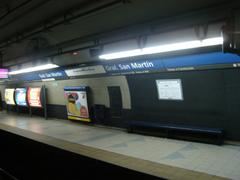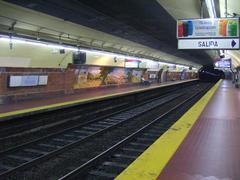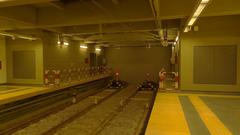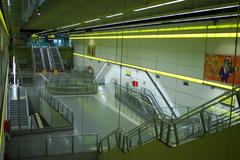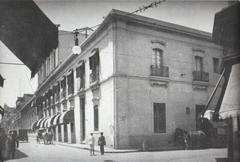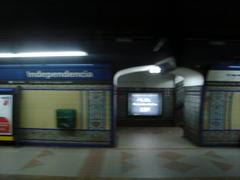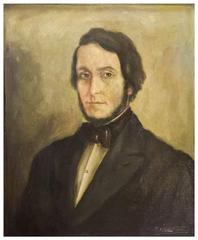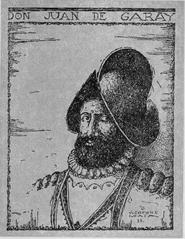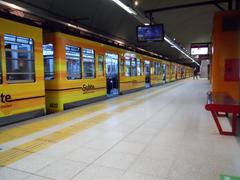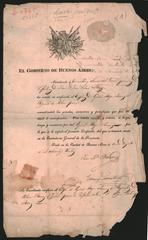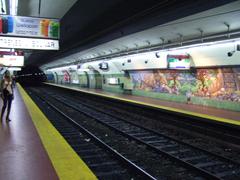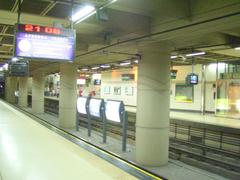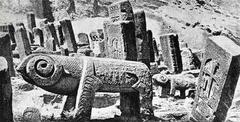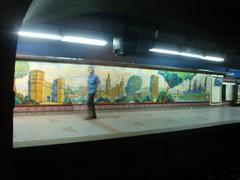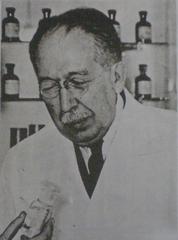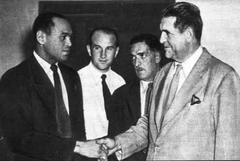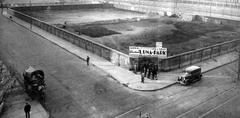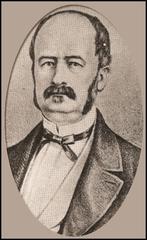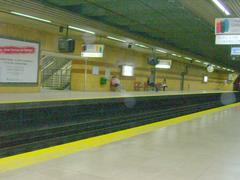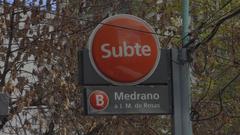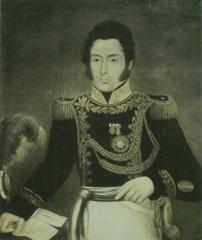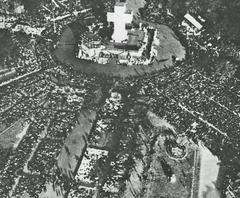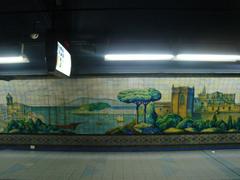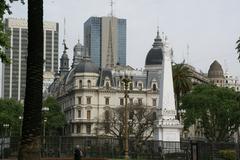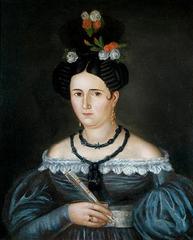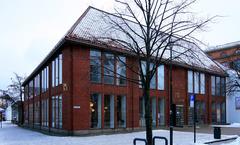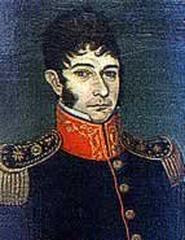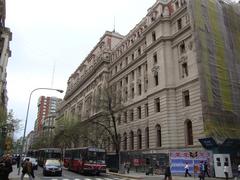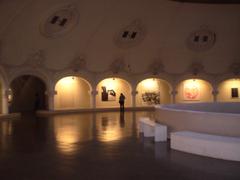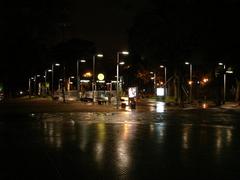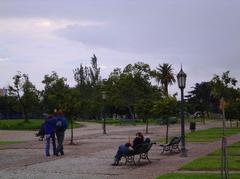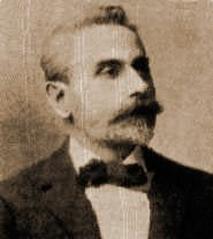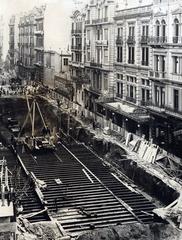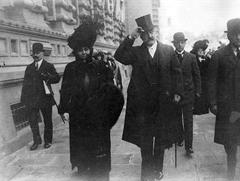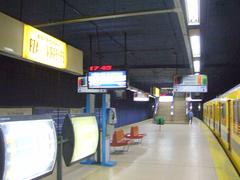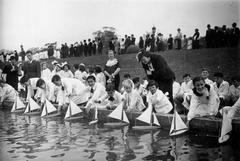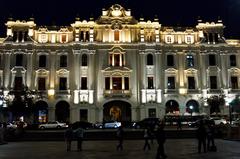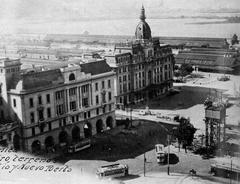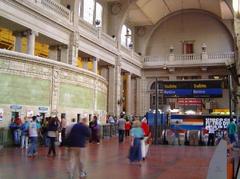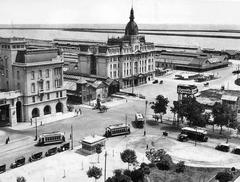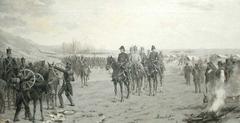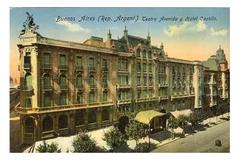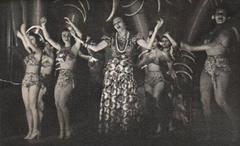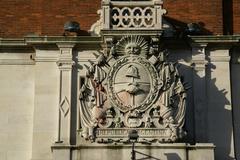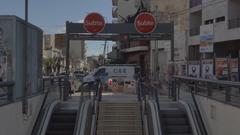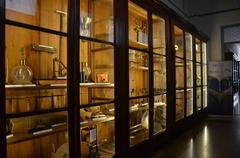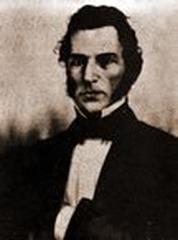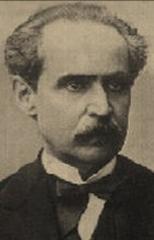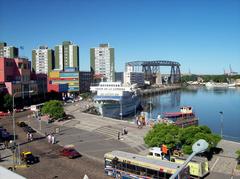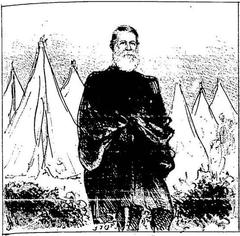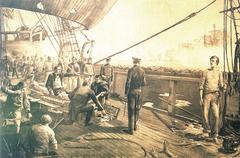
Visiting Parque Centenario: Hours, Tickets, and Nearby Attractions in Buenos Aires
Date: 16/07/2024
Introduction
Parque Centenario, located in the lively Caballito neighborhood of Buenos Aires, Argentina, is a historical and cultural treasure inaugurated in 1909 to commemorate the centennial of Argentina’s May Revolution of 1810. Designed by the renowned French-Argentine landscape architect Carlos Thays, the park stands as a testament to Argentina’s journey towards independence and its commitment to preserving green spaces within urban environments. With its lush gardens, wide promenades, and central lake, Parque Centenario offers a serene escape for nature enthusiasts, history buffs, and casual visitors alike. (Buenos Aires Tourism)
Over the decades, Parque Centenario has evolved to accommodate the changing needs of its visitors, from the construction of the Buenos Aires Planetarium in 1966 to the comprehensive restoration efforts initiated in 2006. Today, the park hosts a variety of cultural and recreational events, including open-air concerts, farmers’ markets, and art exhibitions, making it a vibrant hub of activity. This guide provides a detailed overview of Parque Centenario’s rich history, visiting hours, ticket prices, attractions, and travel tips, ensuring that you have all the information needed to make the most of your visit. (Buenos Aires City Government)
Table of Contents
- Introduction
- History of Parque Centenario
- Visitor Information
- Nearby Attractions
- Accessibility
- Special Events and Guided Tours
- Photographic Spots
- Historical Significance
- FAQ
- Conclusion
History of Parque Centenario
Origins and Establishment
Parque Centenario was inaugurated in 1909 to commemorate the centennial of Argentina’s May Revolution of 1810. The park was designed by the renowned French-Argentine landscape architect Carlos Thays, who was instrumental in the development of many of Buenos Aires’ green spaces. Thays’ vision for Parque Centenario was to create a public space that combined natural beauty with recreational facilities, reflecting the city’s growing urbanization and the need for communal areas.
Early Development
In its early years, Parque Centenario quickly became a popular destination for both locals and visitors. The park’s design included wide promenades, lush gardens, and a central lake, which served as a focal point for various activities. The initial layout also featured a variety of native and exotic plant species, showcasing Thays’ expertise in botany and landscape architecture.
Mid-20th Century Transformations
The mid-20th century saw significant changes to Parque Centenario, reflecting broader social and political shifts in Argentina. During this period, the park underwent several renovations aimed at modernizing its facilities and expanding its recreational offerings. One of the most notable additions was the construction of the Buenos Aires Planetarium in 1966, which became a major attraction for both educational and entertainment purposes.
Decline and Revitalization
By the late 20th century, Parque Centenario experienced a period of decline, characterized by neglect and underfunding. However, the turn of the 21st century brought renewed interest in revitalizing this historic green space. In 2006, the Buenos Aires city government launched a comprehensive restoration project aimed at restoring Parque Centenario to its former glory. The project included extensive landscaping work, the renovation of existing structures, and the introduction of new amenities such as playgrounds, sports courts, and a modern amphitheater.
Recent Developments
In recent years, Parque Centenario has continued to evolve, adapting to the changing needs and preferences of its visitors. The park now hosts a variety of cultural and recreational events, ranging from open-air concerts and theater performances to farmers’ markets and art exhibitions. Additionally, the park has embraced sustainability initiatives, including the installation of solar-powered lighting and the implementation of eco-friendly waste management practices.
Visitor Information
Visiting Hours and Tickets
Parque Centenario is open daily from 8:00 AM to 8:00 PM. Entrance to the park is free, but certain attractions within the park, such as the Buenos Aires Planetarium, may have separate admission fees. It’s advisable to check the official Buenos Aires tourism website for the most up-to-date information on ticket prices and special events.
Travel Tips
- Best Time to Visit: The park is beautiful year-round, but spring and fall offer the most comfortable weather for outdoor activities.
- What to Bring: Comfortable walking shoes, a camera, and a picnic blanket are highly recommended. Don’t forget sunscreen and water, especially during the summer months.
- Safety Tips: While Parque Centenario is generally safe, it’s always a good idea to keep an eye on your belongings and avoid isolated areas after dark.
Nearby Attractions
- Buenos Aires Botanical Garden: Located just a short distance from Parque Centenario, this garden is another masterpiece designed by Carlos Thays.
- Museo Argentino de Ciencias Naturales: Situated within the park, this museum offers fascinating exhibits on natural history.
- Caballito Neighborhood: Explore the vibrant streets of Caballito, known for its charming cafes, shops, and historic buildings.
Accessibility
Parque Centenario is accessible to visitors with disabilities. The park features paved pathways, ramps, and accessible restrooms to ensure a comfortable visit for everyone. For specific accessibility inquiries, it’s recommended to contact the park administration directly.
Special Events and Guided Tours
Parque Centenario hosts a variety of special events throughout the year, including open-air concerts, cultural festivals, and farmers’ markets. Guided tours are available and can provide deeper insights into the park’s history, architecture, and botanical diversity. Check the official Buenos Aires tourism website for schedules and booking information.
Photographic Spots
Parque Centenario is a photographer’s paradise. Key spots for capturing stunning photos include:
- The central lake, especially during sunrise and sunset.
- The Buenos Aires Planetarium with its iconic dome.
- The lush gardens and wide promenades, which are particularly beautiful in spring.
Historical Significance
Key Historical Events
Throughout its history, Parque Centenario has been the site of numerous significant events and milestones. For example, the park played a central role in the celebrations of Argentina’s bicentennial in 2010, hosting a series of public festivities and cultural programs. Additionally, the park has been a focal point for various social and political movements, serving as a gathering place for protests, rallies, and community initiatives.
Architectural and Botanical Heritage
The architectural and botanical heritage of Parque Centenario is a key aspect of its historical significance. The park’s design, influenced by Carlos Thays’ vision, incorporates a blend of classical and modern elements, creating a harmonious and aesthetically pleasing environment. The diverse plant life within the park, including rare and exotic species, reflects Thays’ dedication to botanical science and his efforts to promote environmental conservation.
Preservation Efforts
Preservation efforts have been crucial in maintaining the historical integrity and cultural value of Parque Centenario. Various organizations and community groups have played an active role in advocating for the park’s conservation, organizing volunteer initiatives, and raising awareness about its historical importance. These efforts have been supported by the Buenos Aires city government, which has implemented policies and funding programs aimed at protecting and enhancing the park’s heritage.
FAQ
Q: What are the opening hours of Parque Centenario?
A: The park is open daily from 8:00 AM to 8:00 PM.
Q: Is there an entrance fee for Parque Centenario?
A: Entrance to the park is free, but certain attractions within the park may have separate admission fees.
Q: Are guided tours available?
A: Yes, guided tours are available and can provide deeper insights into the park’s history, architecture, and botanical diversity.
Q: Is Parque Centenario accessible to visitors with disabilities?
A: Yes, the park features paved pathways, ramps, and accessible restrooms to ensure a comfortable visit for everyone.
Q: What nearby attractions can I visit?
A: Nearby attractions include the Buenos Aires Botanical Garden, Museo Argentino de Ciencias Naturales, and the vibrant Caballito neighborhood.
Conclusion
Parque Centenario is more than just a green space; it is a living testament to the history, culture, and natural beauty of Buenos Aires. Whether you’re a history buff, nature enthusiast, or simply looking for a peaceful place to relax, Parque Centenario offers something for everyone. Don’t miss the chance to explore this iconic park and immerse yourself in its rich heritage. For the latest updates and more information, visit the official Buenos Aires tourism website.
References
- Buenos Aires Tourism, 2024, Buenos Aires Tourism
- Buenos Aires City Government, 2024, Buenos Aires City Government
